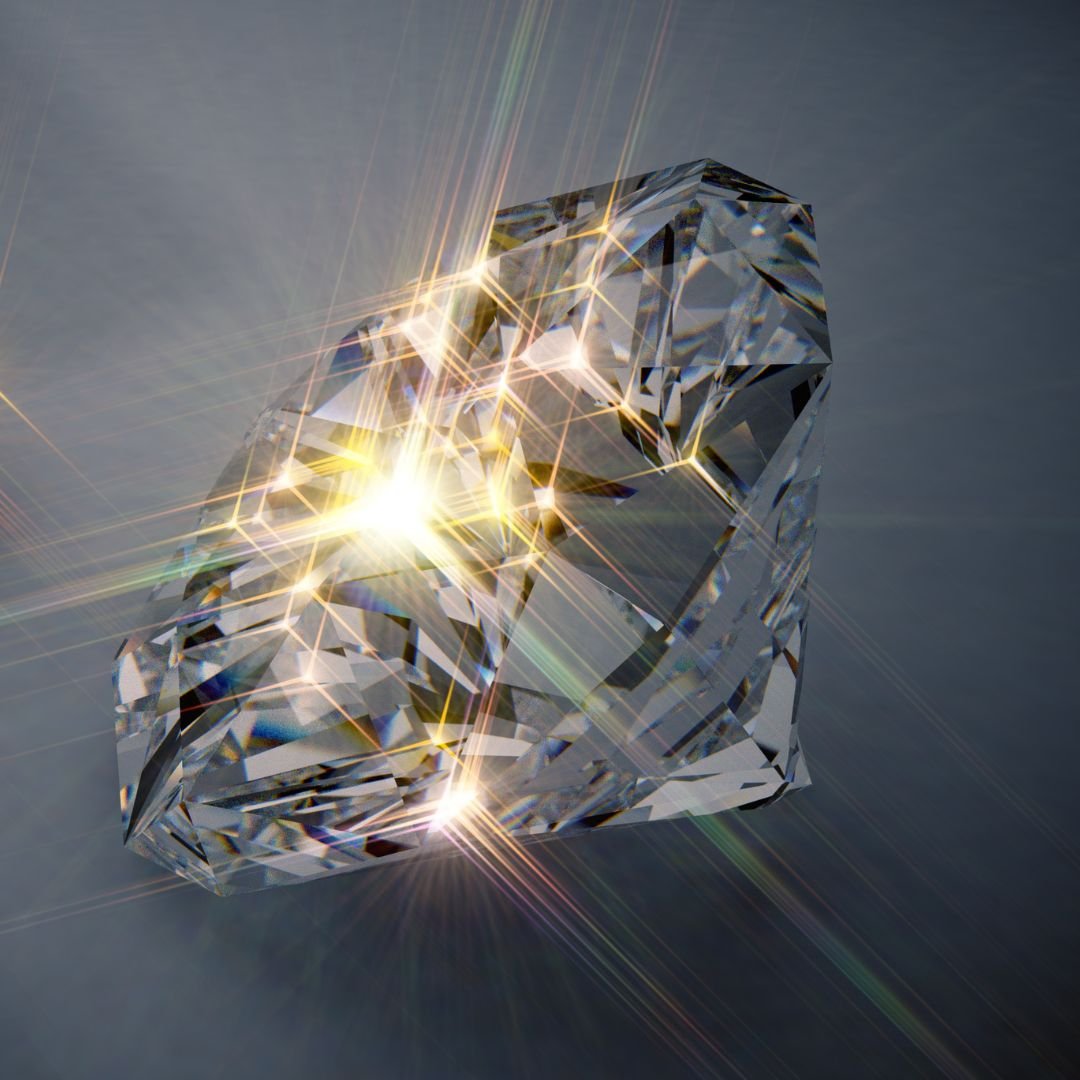The Science Behind Sparkle: How Gemstones Capture and Reflect Light
Have you ever been mesmerized by the radiant sparkle of a gemstone? The captivating brilliance and luminosity that adorn these precious stones are not merely a result of chance or luck. Behind their shimmering beauty lies a fascinating scientific phenomenon that involves the interaction of light with the gemstone's structure and composition.
Gemstones, such as diamonds, sapphires, and emeralds, possess unique optical properties that allow them to capture and reflect light in extraordinary ways. The science of how gemstones sparkle lies in three key factors: refraction, dispersion, and reflection.
Refraction is the bending of light as it passes from one medium to another. Gemstones have a high refractive index, which means that light traveling through them bends and changes direction. This bending creates the dazzling effect we see as light enters and exits the gemstone, bouncing around within its depths.
Dispersion, also known as the "fire" of a gemstone, refers to the separation of white light into its spectral colors. When light enters a gemstone, it is dispersed into its component wavelengths, producing a rainbow-like display. This dispersion effect adds an enchanting touch to a gem's sparkle, particularly in stones like diamonds and topaz.
Reflection plays a vital role in gemstone brilliance. The gemstone's facets act as mirrors, reflecting light back to our eyes. Well-cut gemstones with precise angles and proportions maximize the reflection of light, resulting in a brilliant and sparkling appearance.
Additionally, gemstones can have inclusions and flaws that impact their sparkle. Inclusions are internal features within the stone, such as mineral crystals or fractures, which can interfere with the path of light. Flaws, on the other hand, are surface imperfections. Ideally, gemstones with minimal inclusions and flaws will allow light to pass through and reflect with greater clarity, enhancing their overall sparkle.
It's worth noting that different gemstones exhibit varying levels of sparkle due to their unique properties. For example, diamonds are renowned for their exceptional brilliance due to their high refractive index and excellent light reflection. Sapphires, with their vibrant colors, also possess a mesmerizing sparkle that captures attention.
In conclusion, the sparkle of gemstones is a result of the interplay between refraction, dispersion, and reflection of light. The way gemstones are cut, their refractive index, and the presence of inclusions and flaws all contribute to their individual brilliance and visual appeal. So, the next time you find yourself captivated by the radiant sparkle of a gemstone, remember that it is not merely a product of its beauty but also a testament to the fascinating science behind its shimmering glow.
Dive deeper into the world of jewelry
Be sure to visit the blog. Get fascinating insights straight from experts around the world and pick up secret tips to make jewelry shopping a breeze.




Did you know some diamonds can glow in the dark? Fluorescence in diamonds refers to the phenomenon where a diamond emits a visible light when exposed to ultraviolet (UV) rays. This visible light is called fluorescence and can vary in color, intensity, and duration. About 1/3 of diamonds have some level of fluorescence. Learn more about fluorescence and the impact it can have.